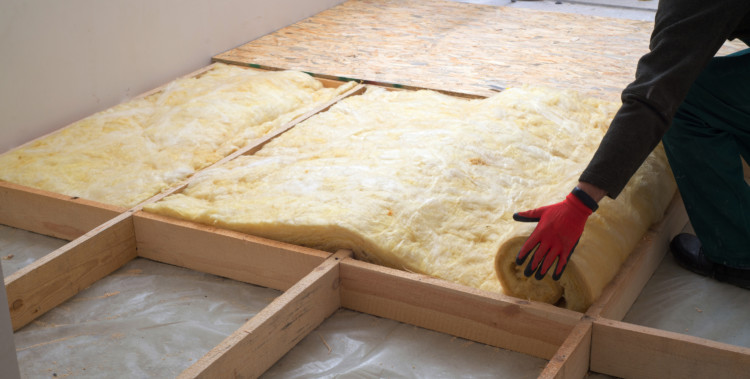 When you install good quality insulation for your home, you can save up to 20% on heating and cooling costs. Insulation can be applied around doors and windows, ceilings and outer walls, and floors. Before starting out, conducting an insulation audit is a good idea. You can hire someone to make a thorough check or decide to do it yourself. Compare the thicknesses of insulation you find against the U.S. Department of Energy’s online fact sheet to determine the quality of the insulation you have.
When you install good quality insulation for your home, you can save up to 20% on heating and cooling costs. Insulation can be applied around doors and windows, ceilings and outer walls, and floors. Before starting out, conducting an insulation audit is a good idea. You can hire someone to make a thorough check or decide to do it yourself. Compare the thicknesses of insulation you find against the U.S. Department of Energy’s online fact sheet to determine the quality of the insulation you have.
Insulate as Much as You Can
Properly installed insulation can reduce your electric bill.
There is little risk that you will insulate too much, especially in an older home. Air leaks and drafts should be eliminated with spray foam, caulk or weather stripping. If you are worried about air quality, you can hire a technician to check your combustible appliances for emissions. This means that you can have peace of mind that your appliances are not leaking harmful carbon monoxide into your home.
Insulation types
Various types of insulation are available, each better-suited for application to a particular area. You can find out what should be applied by asking at the home improvement store or getting an installer to do it. The following are some types of insulation:
- Fiberglass Insulation– Fits between joists in walls and attics.
- Blown In Insulation– Fills in gaps and voids creating a seamless thermal blanket of protection
- Rigid Foam Board Insulation– Used in the building of the exterior walls. Also used to insulate garage doors.
- Spray Foam– This expanding foam fills cracks and gaps around doors, windows and pipes.
- Reflective Insulation– This foil bubble wrap used to insulate walls, roof, and water heaters.
Understanding R-Value
Insulation is measured using the R-value, which indicates its ability to resist heat flow. The higher the R-value, the greater the insulating effectiveness. You can find the R-value printed on the insulation. When calculating the R-value of a multi-layered installation, add the R-values of the individual layers. Keep in mind, the insulation must be properly installed to achieve its maximum R-value.
Different flow values are recommended depending on the climate where you live. You can find detailed online guides for your state.
Attics and ducts merit special attention. About 20% of air circulating in the ducts used for heating or cooling is lost, resulting in higher electricity bills. Where the duct is exposed, seal leaks with sealant and check all the connections at registers and vents. Most duct work is in the attic or under the floorboards. If possible, hire a qualified contractor to do the job for you.
An easy way to improve the insulation in your home is to check the attic. As a guideline, your attic insulation should be above the joists. The recommended level for most attics is R-38 or about 12-15 inches of insulation. R-49 may be recommended for very cold climates.
